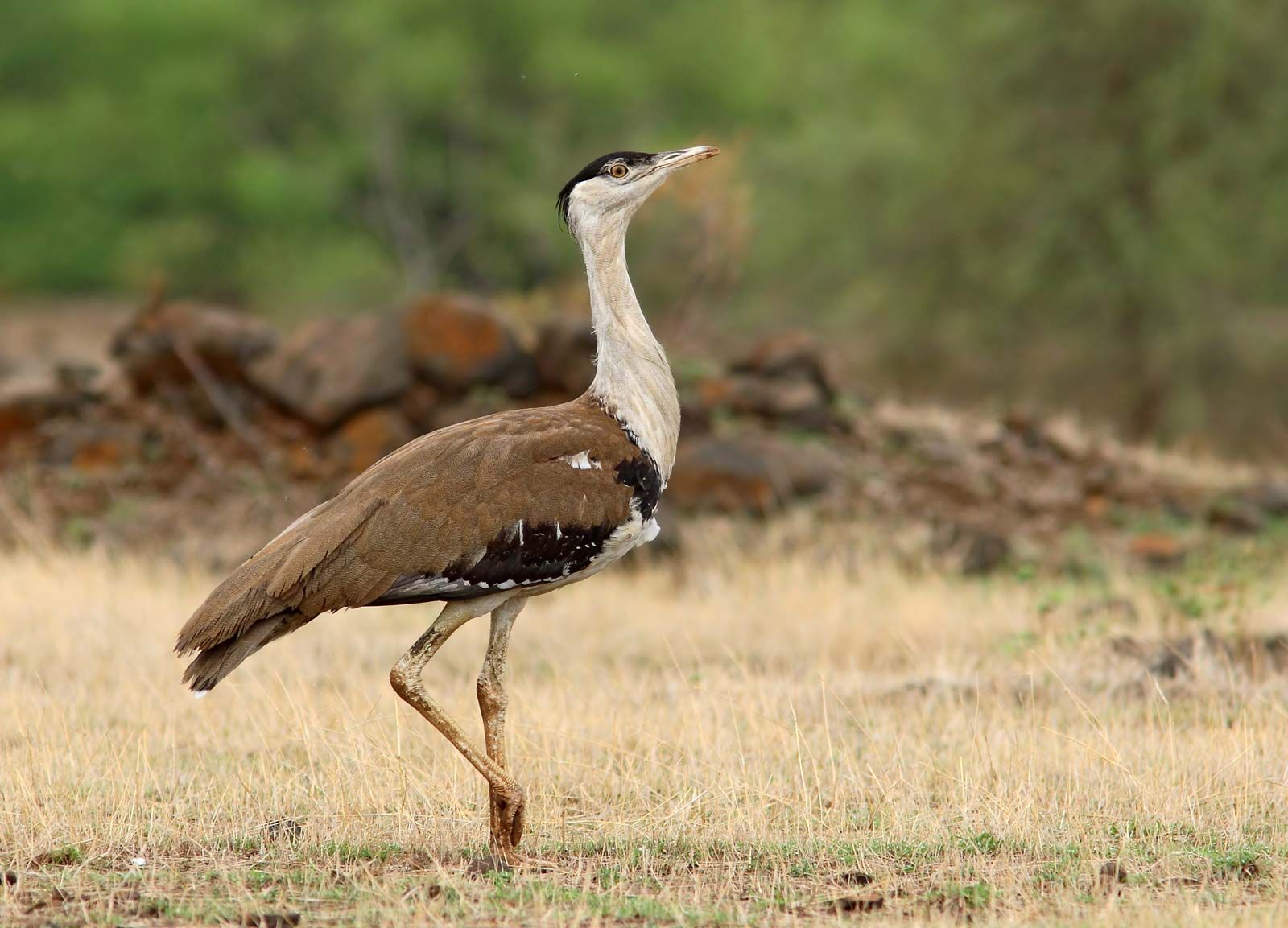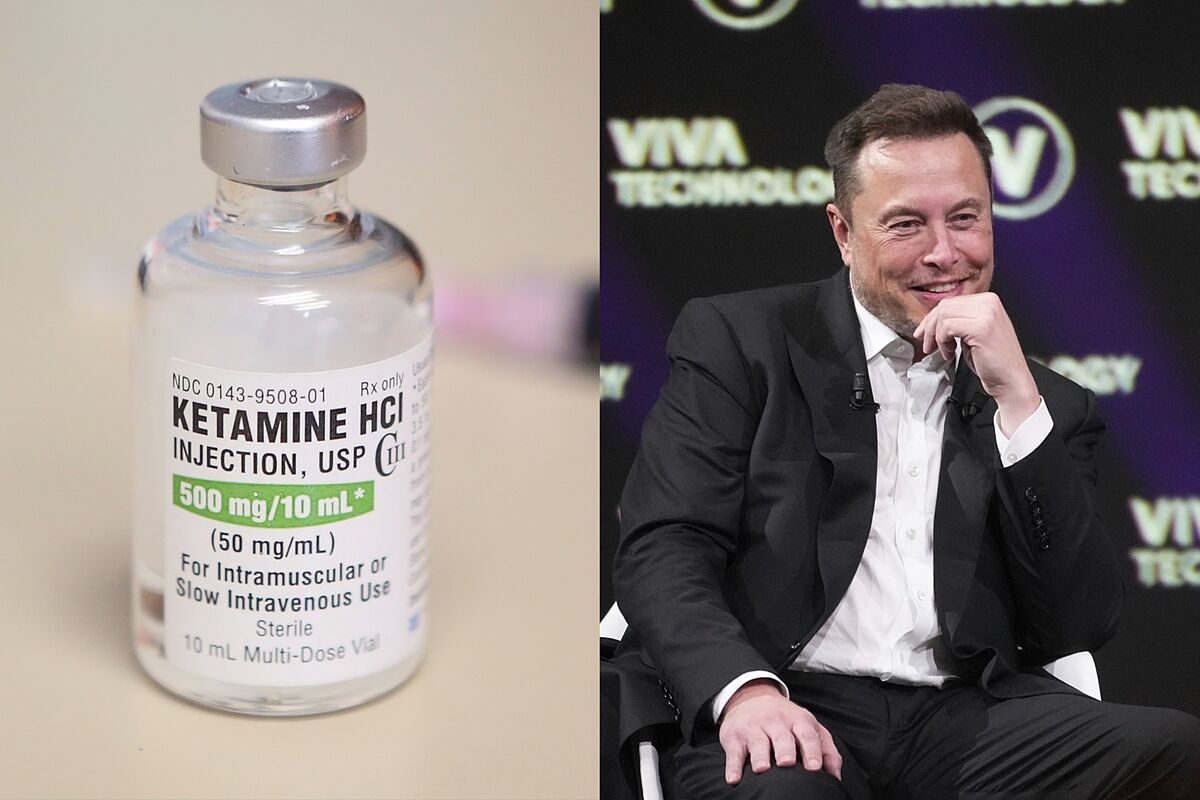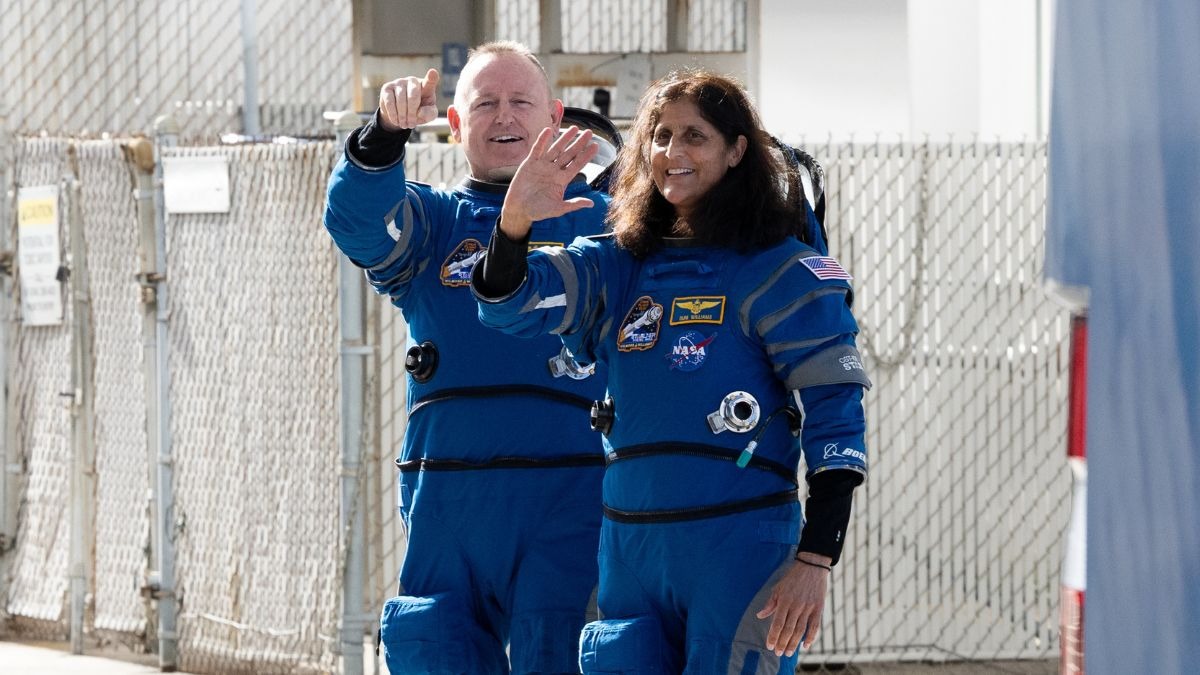


The majestic Great Indian Bustard, one of the heaviest flying birds on earth, is facing an existential threat as its natural habitat in Rajasthan and Gujarat is increasingly being taken over by tall metal towers supporting high-tension power lines. With a wingspan of seven feet, this critically endangered avian species is struggling to survive in the face of multiple challenges including pollution, climate change, and competition from invasive species. As conservationists try to protect the remaining 100 birds in the open natural ecosystem, they are facing a paradoxical situation where their efforts clash with the renewable energy sector in the Thar and Kutch regions.
The Urgent Crisis Facing the Great Indian Bustard
The majestic Great Indian Bustard (GIB), once a symbol of India's vast and unspoiled wilderness, now stands on the brink of extinction. This critically endangered avian species faces an existential threat as its natural habitat is rapidly shrinking and fragmenting.
Habitat Destruction: The Primary Culprit
One of the most significant threats to the GIB is the proliferation of tall metal towers supporting high-tension power lines in its primary habitats in Rajasthan and Gujarat. These structures create a deadly hazard for the birds, as their wide wingspans make them vulnerable to collisions.
Other Challenges
Beyond habitat loss, the GIB faces a multitude of other challenges:
Conservation Efforts and Challenges
Concerned conservationists are working tirelessly to protect the remaining GIB population, which is estimated to be around 100 individuals living in the wild. However, their efforts are often hindered by the need to balance conservation with the increasing demand for renewable energy in India.
Clash with Renewable Energy
The Thar and Kutch regions, where the GIB primarily resides, are also prime locations for solar and wind energy development. This creates a paradoxical situation where conservationists and the renewable energy sector find themselves in conflict.
FAQs
1. What is the main threat facing the GIB? Habitat destruction due to tall metal towers supporting high-tension power lines.
2. How are these towers harmful? Their wide wingspan makes GIBs vulnerable to collisions with the structures.
3. What other factors contribute to the GIB's decline? Pollution, climate change, and invasive species.
4. How many GIBs are left in the wild? Approximately 100.
5. Is there a conflict between GIB conservation and renewable energy? Yes, as prime GIB habitats overlap with areas suitable for solar and wind energy development.
Conclusion
The Great Indian Bustard's survival depends on urgent and collaborative action. A balance must be struck between the need for renewable energy and the protection of this iconic species. By implementing mitigation measures, such as marking power lines and providing alternative nesting sites, we can give the GIB a fighting chance to recover and thrive in the years to come.

The use of ketamine as a treatment for depression has gained attention after Tesla and SpaceX CEO Elon Musk revealed that he uses the drug every other week. Derived from PCP, ketamine is a Schedule X drug that is regulated and monitored in India by prescribing doctors. While it has shown promise in managing mental health conditions, the euphoric effects of ketamine can lead to addiction if not supervised by a doctor.

A personal journey of discovering the true meaning of meditation leads to the realization of the role of Pranayama in enhancing the practice. Pranayama not only calms the mind and reduces thoughts, but also acts as a bridge between universal energy and ourselves, leading to a deeper connection in meditation. However, the importance of proper breath regulation and caution during kumbhaka is emphasized to avoid potential dangers and achieve optimal results in meditation.

Medindia, a leading health information website, has launched a new feature called Health Watch which aims to provide accurate and informative content on various health-related topics. The feature will include articles, e-books and consultations with qualified physicians, making it a one-stop destination for medical information. This initiative by Medindia is set to revolutionize the way people access and use health-related information, ensuring they have access to reliable and trustworthy sources for their health needs.

In the fight against tuberculosis, preventing the disease is just as important as treating it. According to Dr. Shweta Bansal of Artemis Hospitals, improving your immune system through diet, air quality, hygiene, and managing stress can significantly reduce your risk of TB. Her advice to avoid processed foods, maintain good hygiene, and get enough rest and relaxation serves as a crucial reminder to prioritize our overall health in preventing diseases like tuberculosis.

Every year, March 24 is observed around the world as World Tuberculosis Day to raise awareness about the ongoing fight against TB. This year's theme is "Yes! We Can End TB: Commit, Invest, Deliver," highlighting the crucial role of sustained commitment, financial investment, and effective interventions in eradicating this deadly disease. This day holds historical significance, dating back to 1882 when Dr. Robert Koch discovered the bacterium responsible for TB. Join India and the rest of the world in commemorating this day and working towards a TB-free future.

On World Tuberculosis Day 2025, learn about the symptoms of TB and how you can reduce your risk. The theme for this year's World TB Day is "Yes! We Can End TB", highlighting the collective effort needed to eliminate this disease. Prime Minister Narendra Modi has pledged to make India TB-free by 2025, ahead of the global target.

As we celebrate World Water Day, it's important to understand the importance of staying hydrated for our overall health. While the commonly known advice is to drink eight glasses of water a day, it actually varies for each individual. According to experts, women should drink 11.5 cups of water and men should drink 15.5 cups a day. However, factors such as diet and lifestyle also play a role in determining one's daily water intake. So let's decode the confusion and understand our specific water needs.

Elon Musk's revolutionary SpaceX spacecraft, the Crew Dragon capsule, has successfully brought back NASA astronauts Sunita Williams and Butch Wilmore to Earth after their extended stay aboard the International Space Station. This innovative spacecraft stands out as the only one in the world that functions as a cargo transport between Earth and space, and has proven its capabilities by safely returning astronauts from space. Equipped with 16 versatile Draco thrusters and two drogue parachutes, the Dragon capsule showcases the tremendous advancements in space exploration technology. With this successful mission, Musk's SpaceX continues to push the boundaries of what is possible in space travel.

Sunita Williams has made history once again with her safe return from the International Space Station. With a passion for adventure and exploration since childhood, Williams has built an impressive career as a NASA astronaut, setting records and paving the way for future space travel. From her early education in Needham, Massachusetts, to her commission in the U.S. Navy and various space missions, Williams has showcased her determination and skill in everything she does. Now, as she returns to Earth after accumulating an impressive 608 days in space, we reflect on the incredible journey of this space pioneer.

Sunita Williams and her team, accompanied by Nick Hague and Aleksandr Gorbunov, safely landed on Earth this morning after their SpaceX's Dragon spacecraft unexpectedly spent 286 days in space instead of the planned eight days. While the delay was caused by technical issues, the recovery team was greeted with a heartwarming surprise as dolphins swam arounds their spacecraft during the retrieval process. The smooth and calm ocean, coupled with the playful dolphins, made for an unforgettable and emotional return for the astronauts.